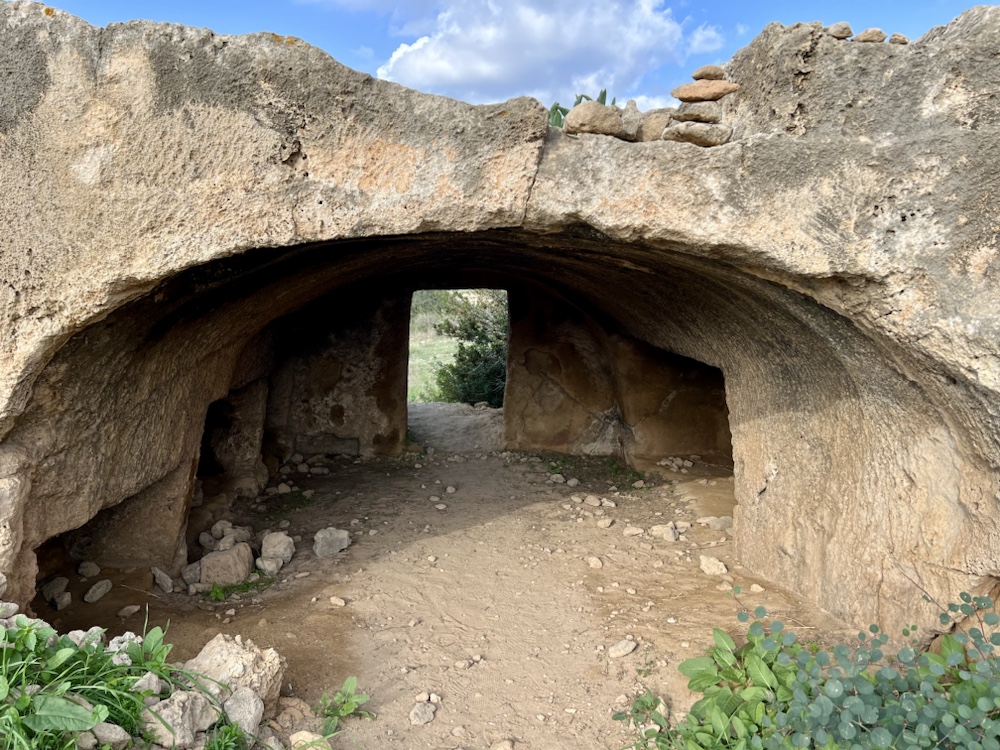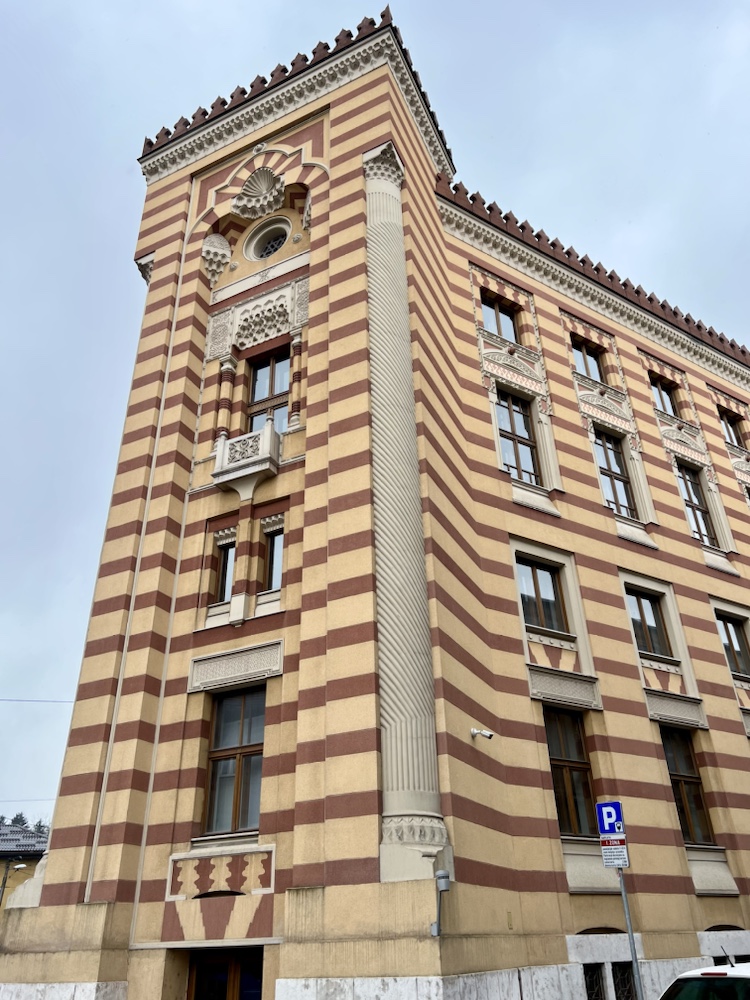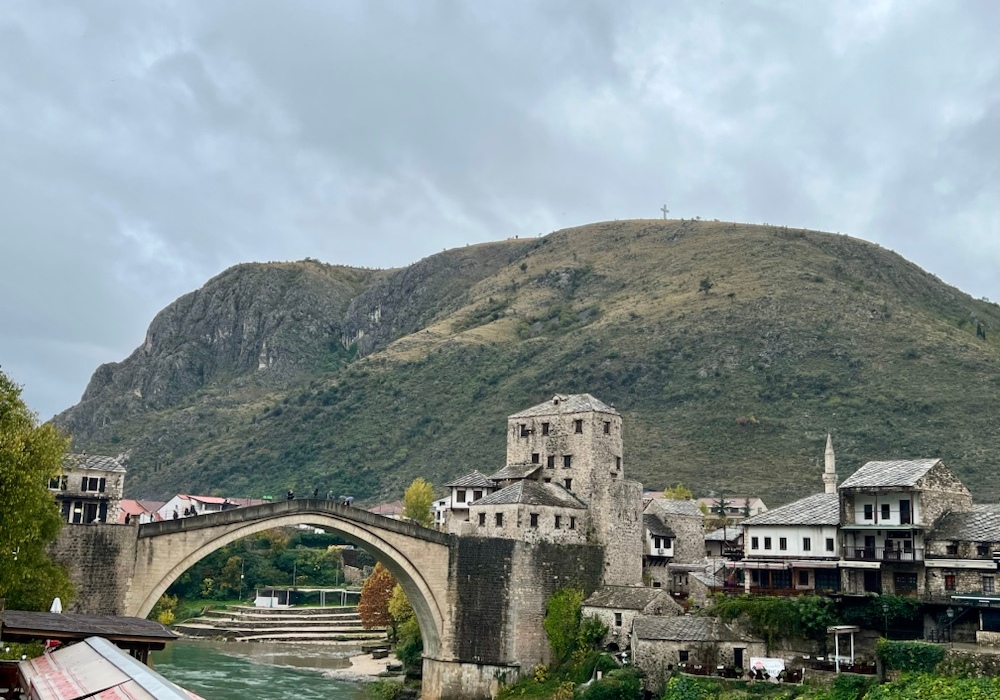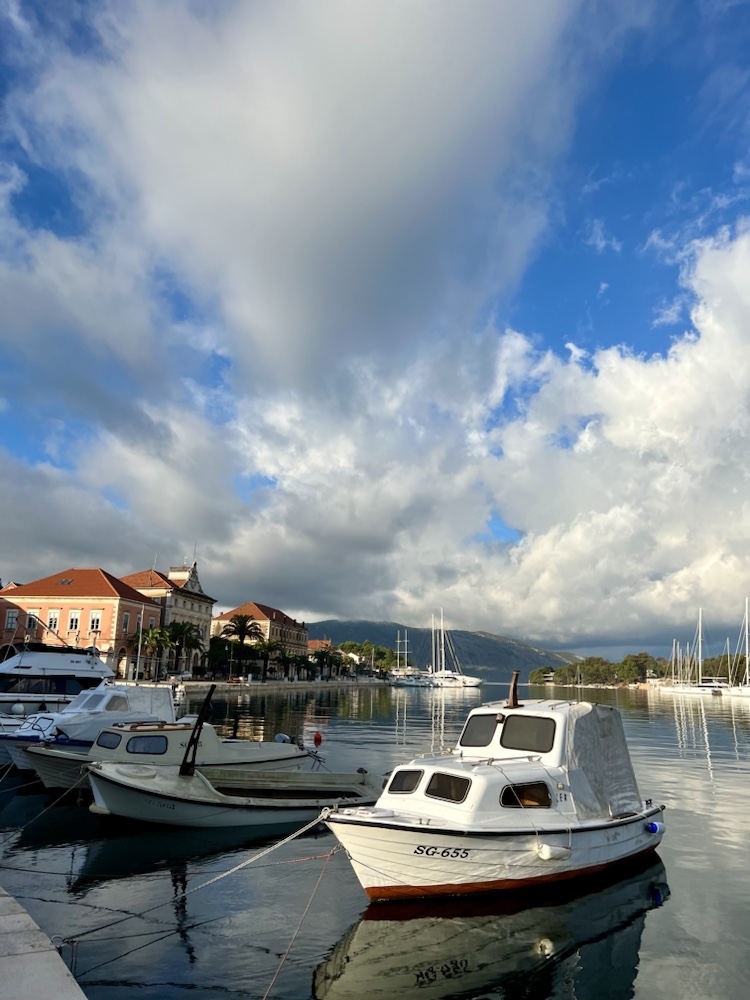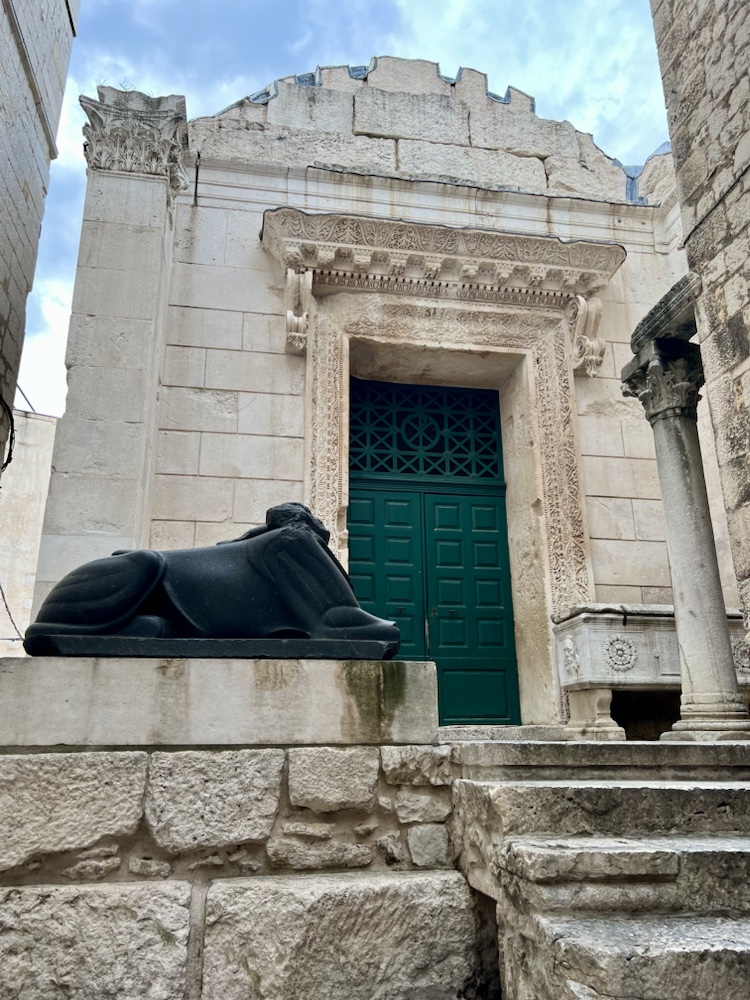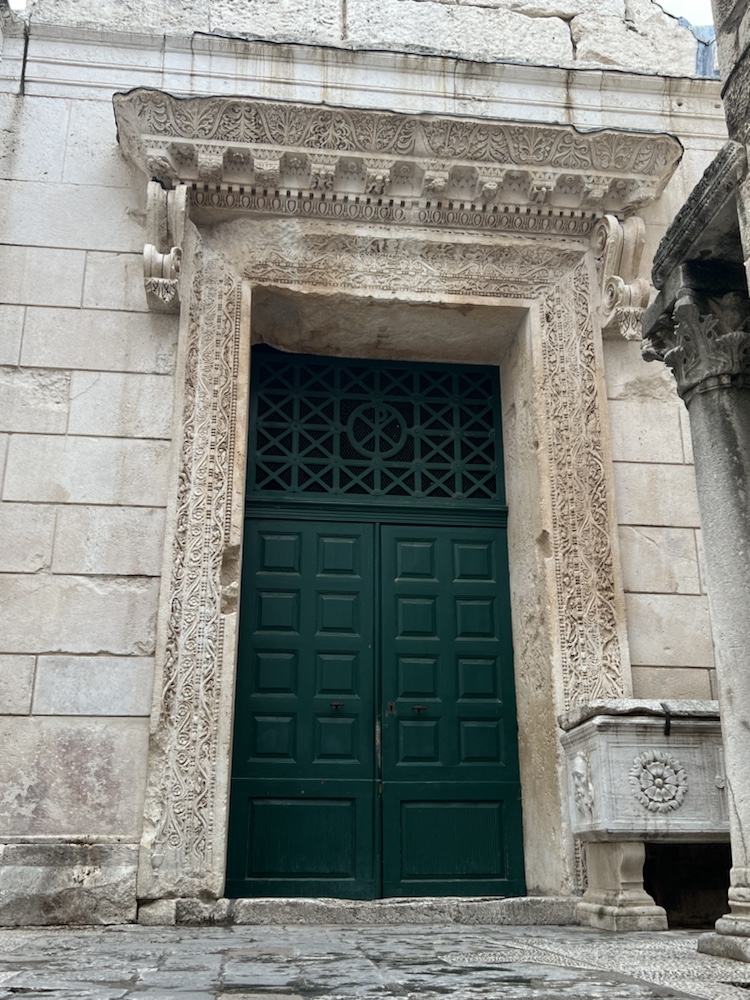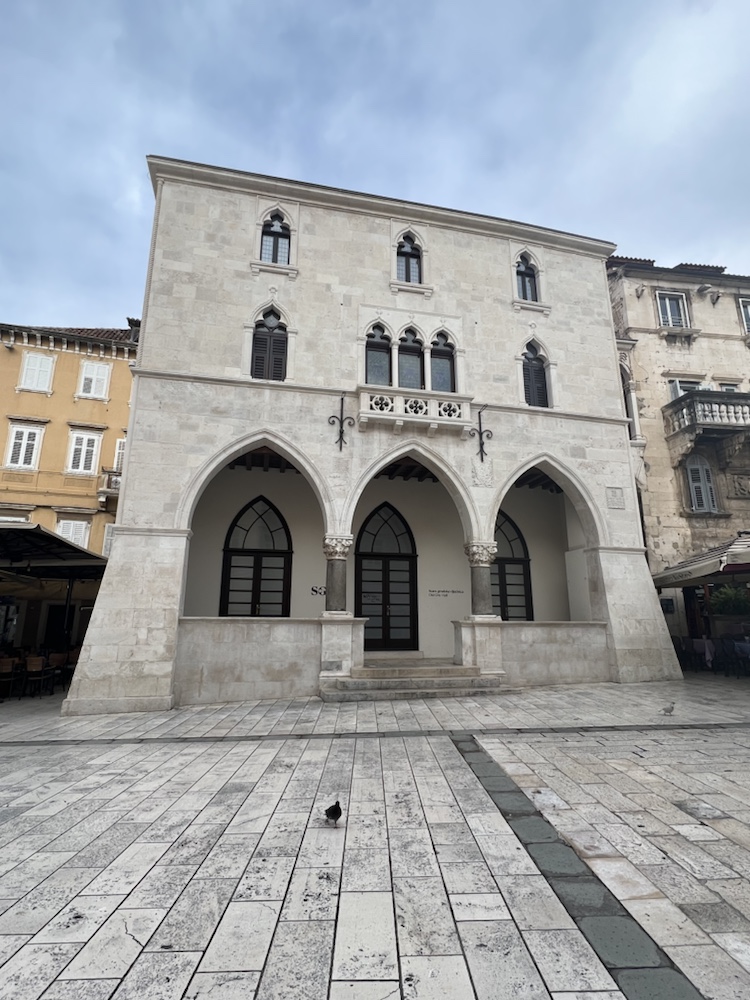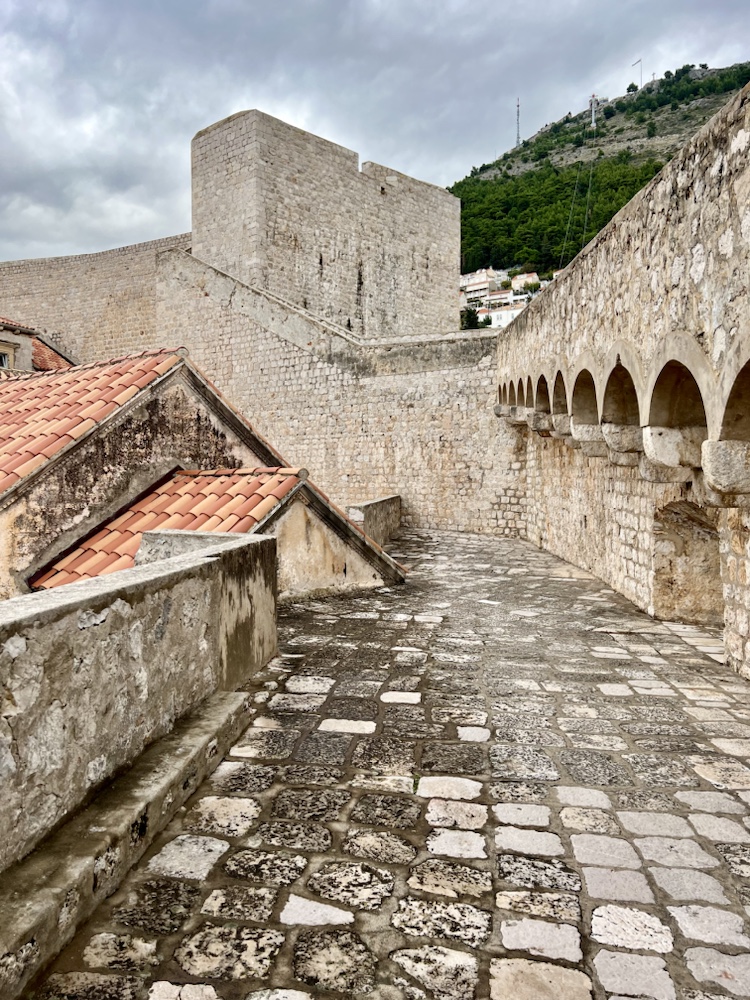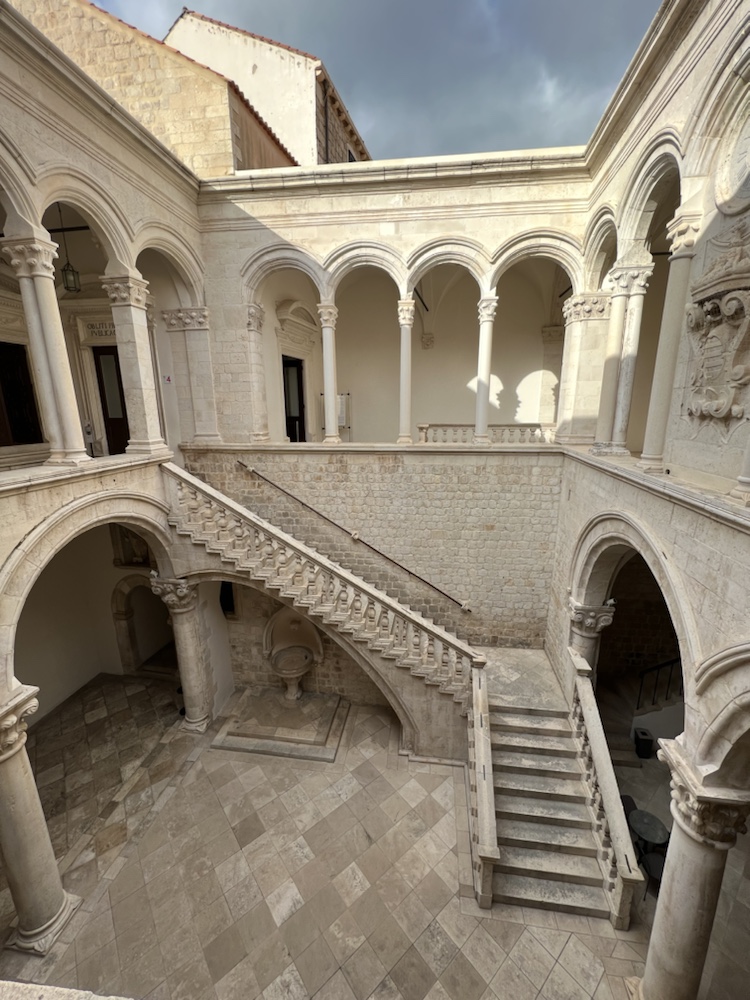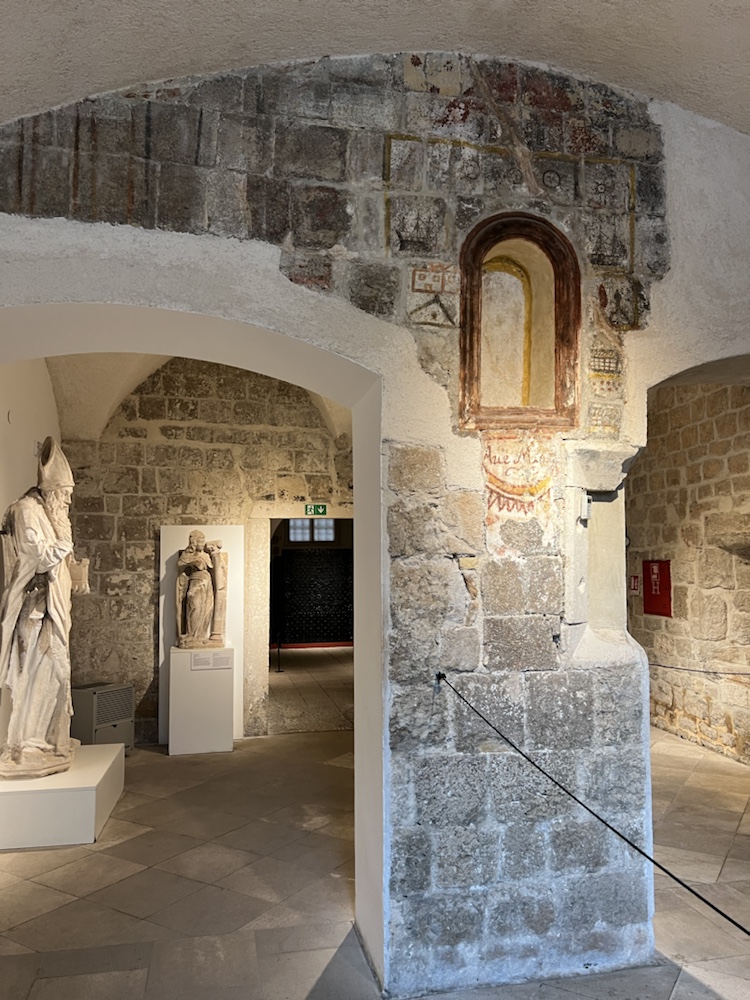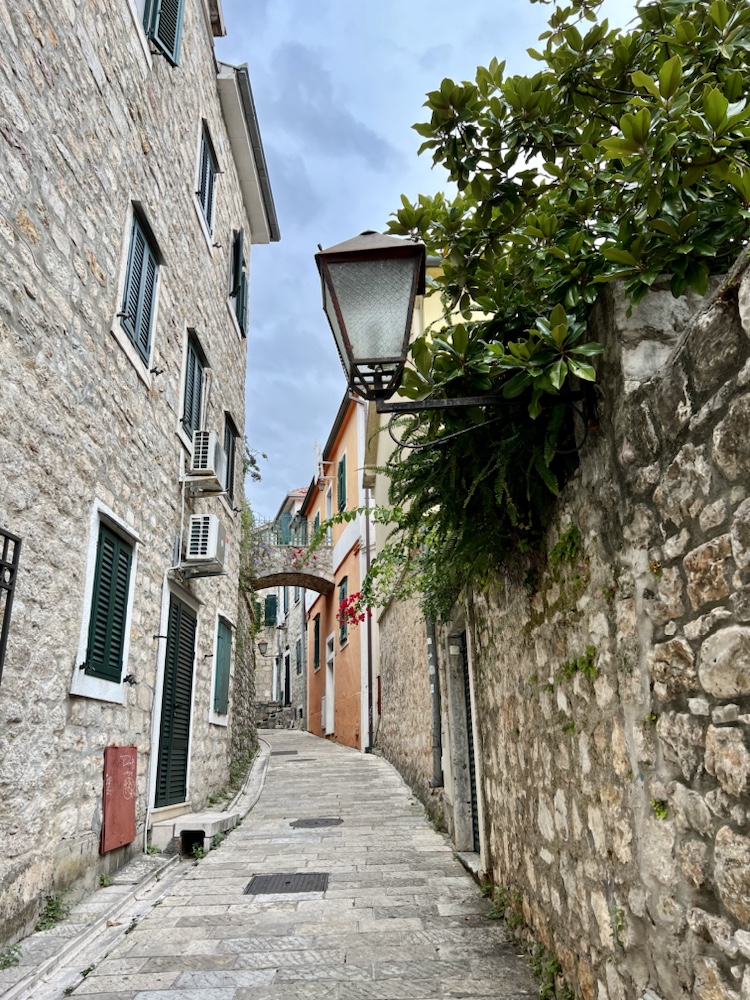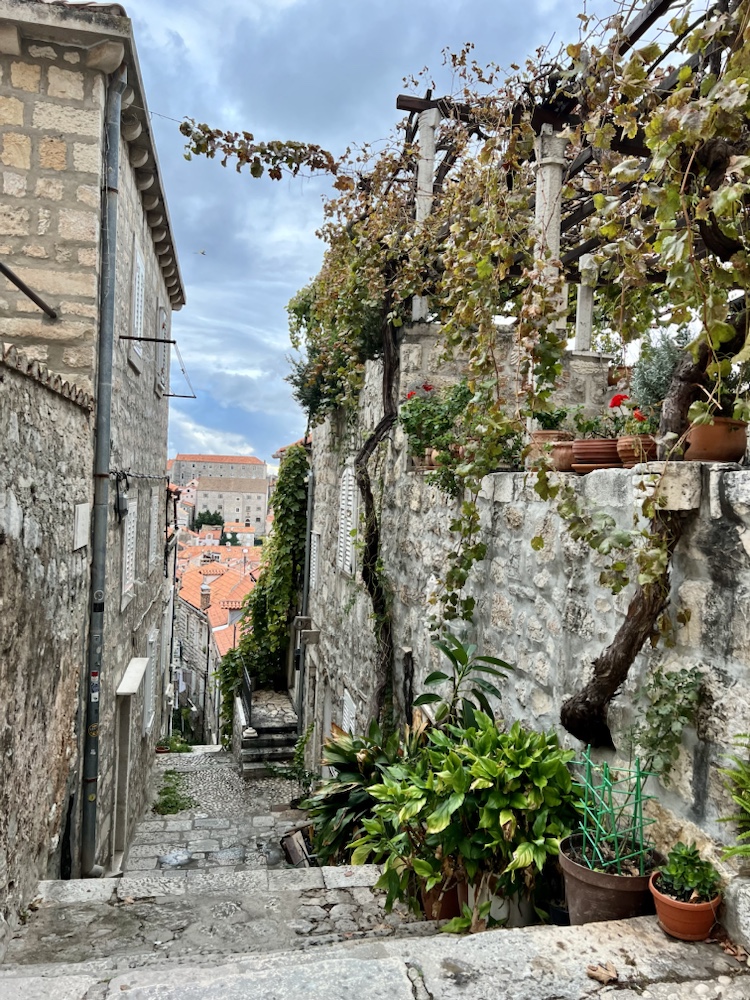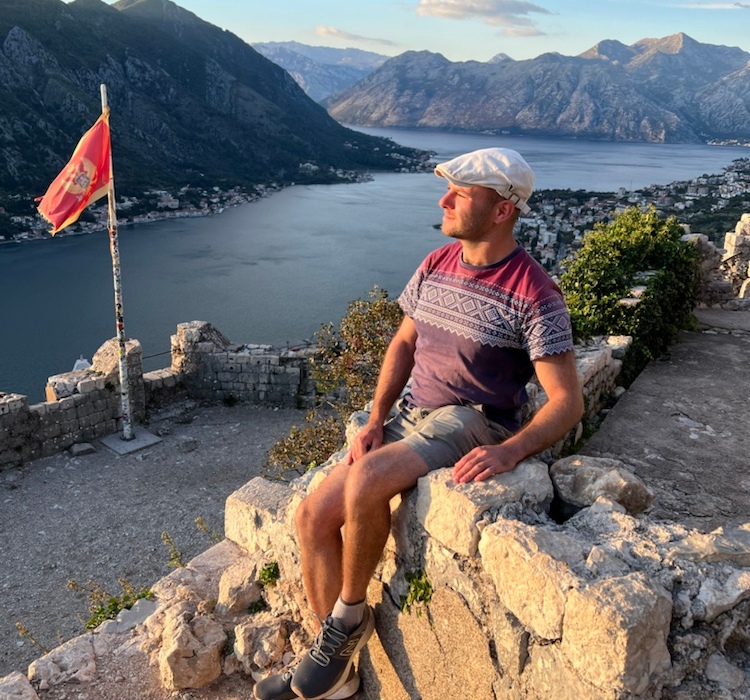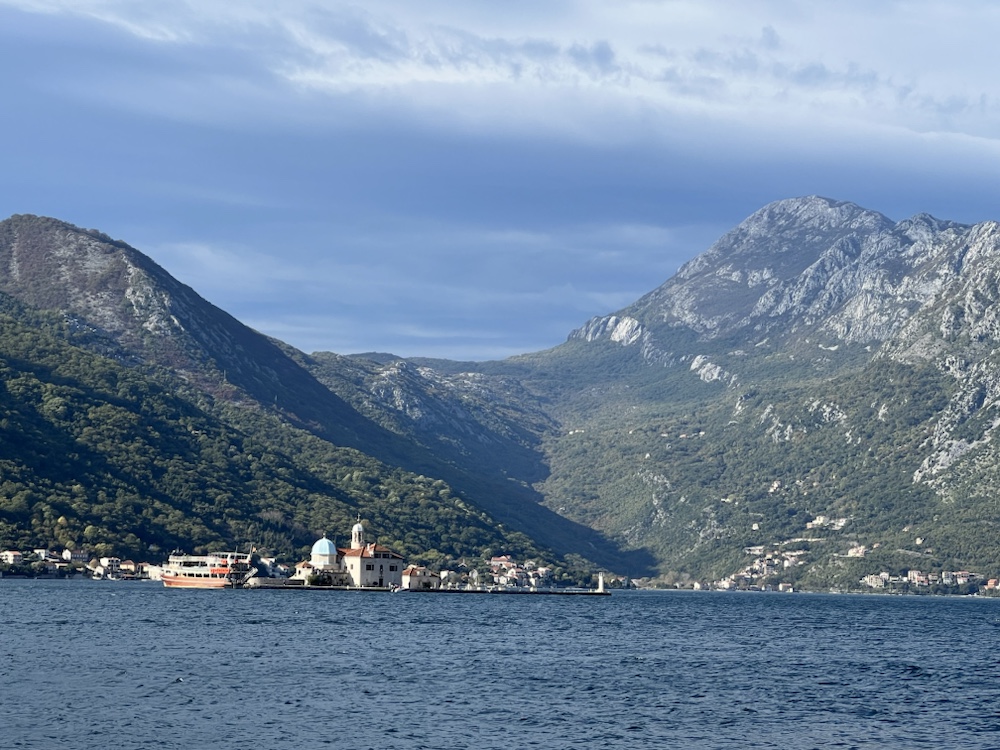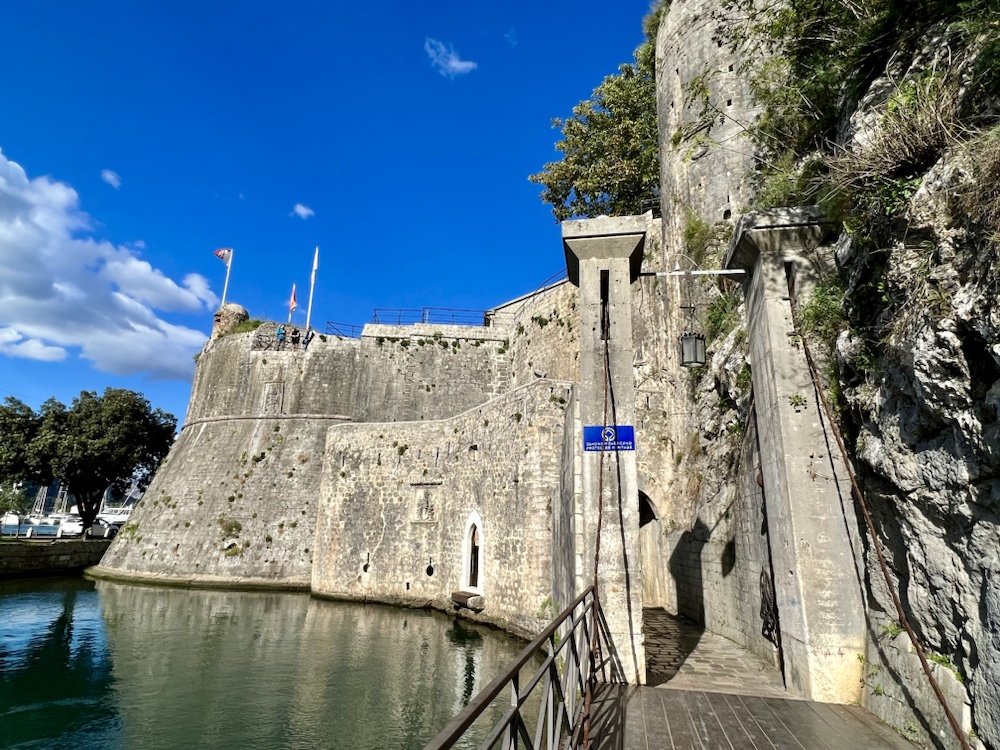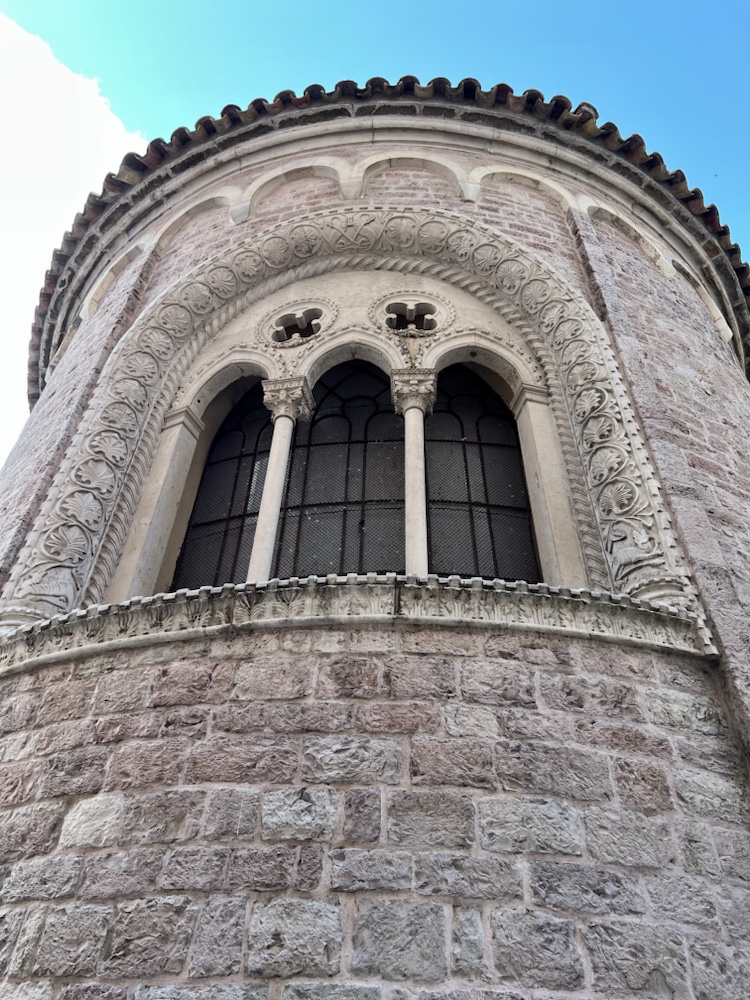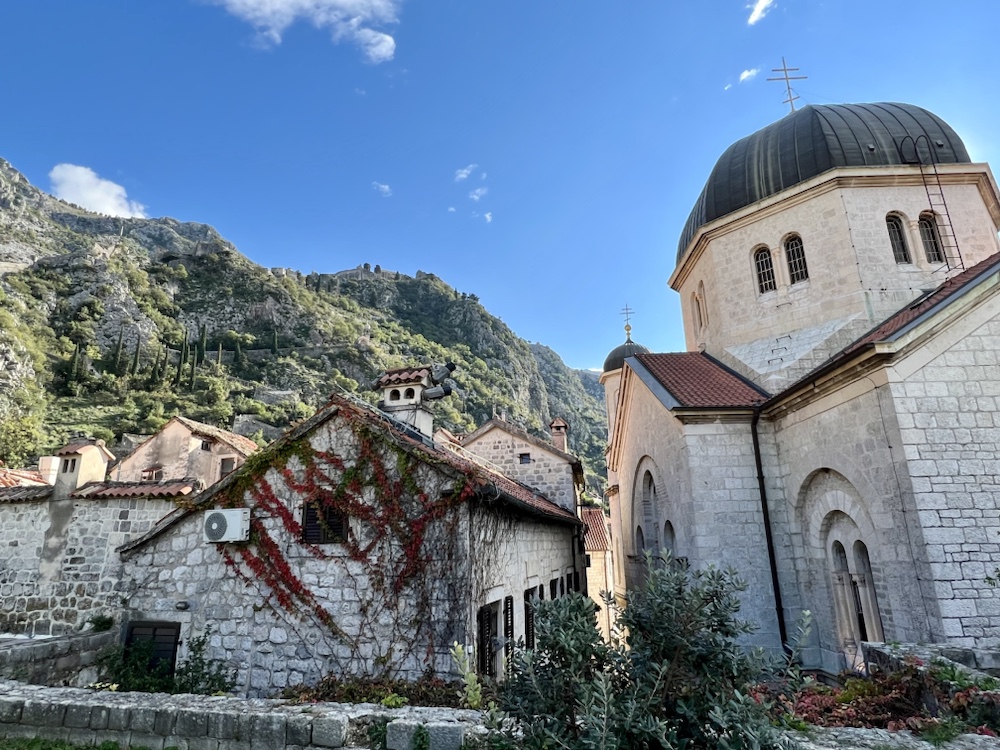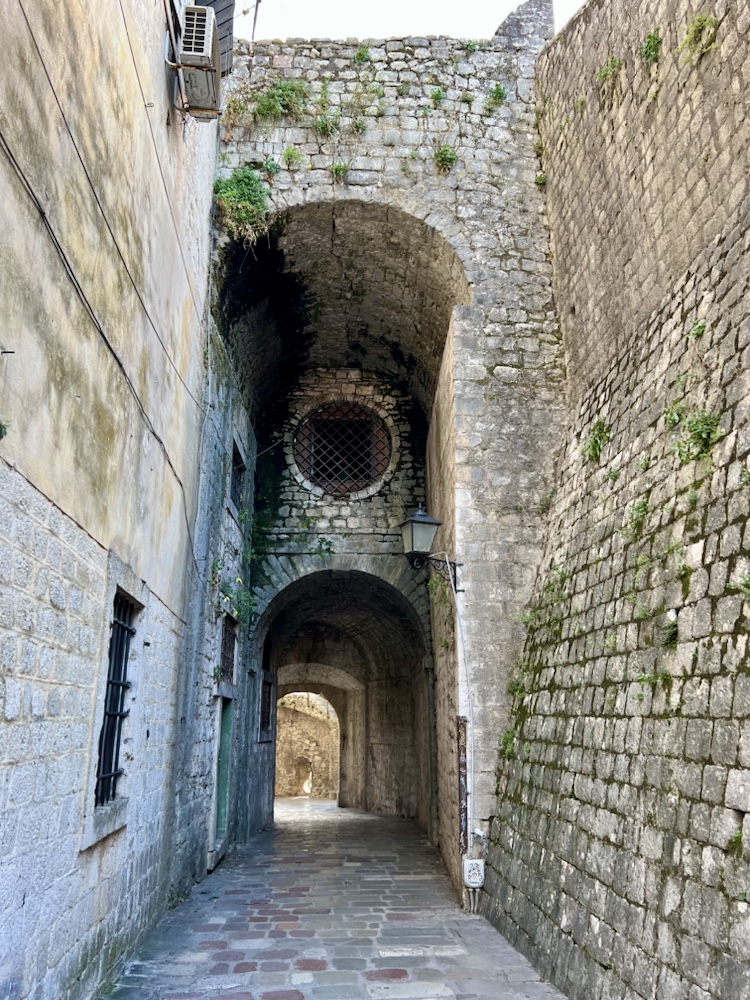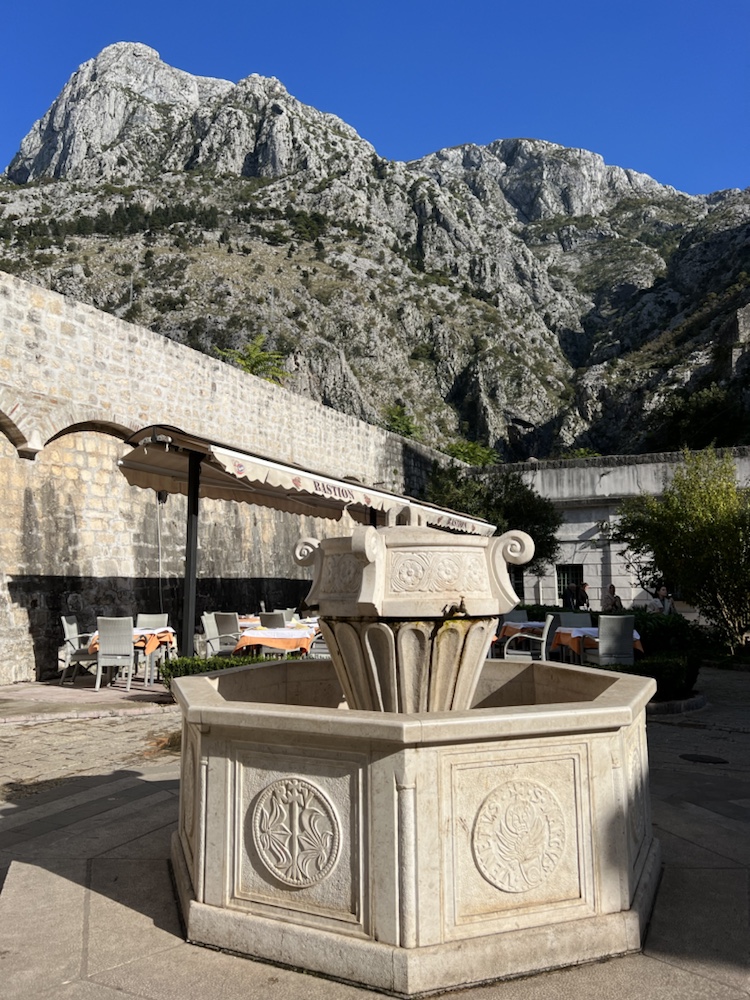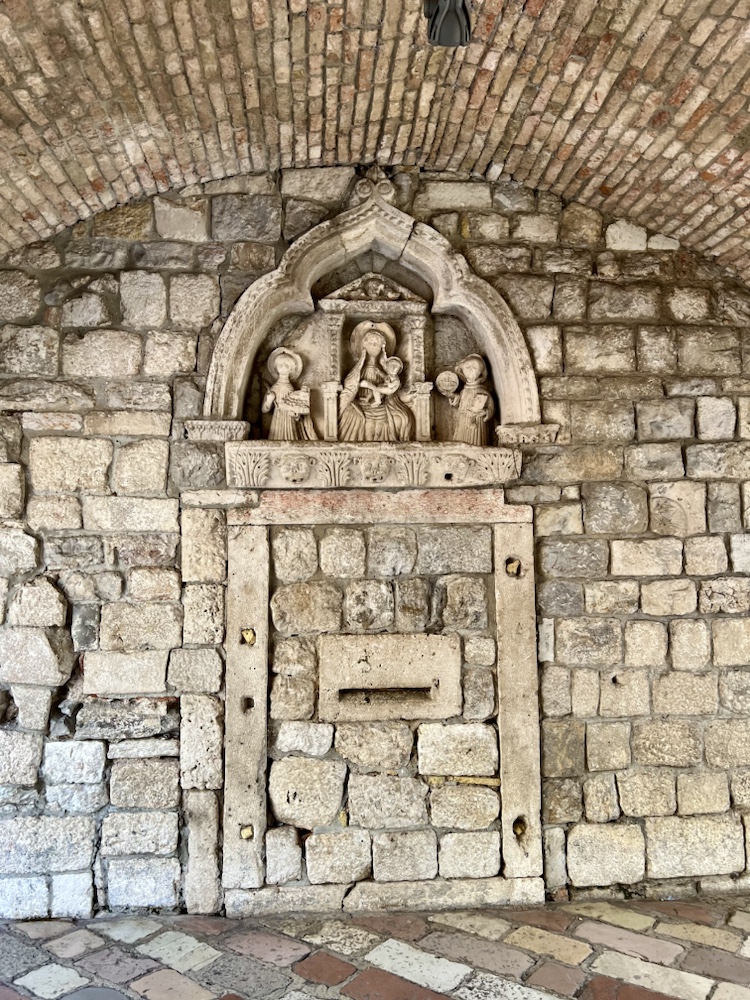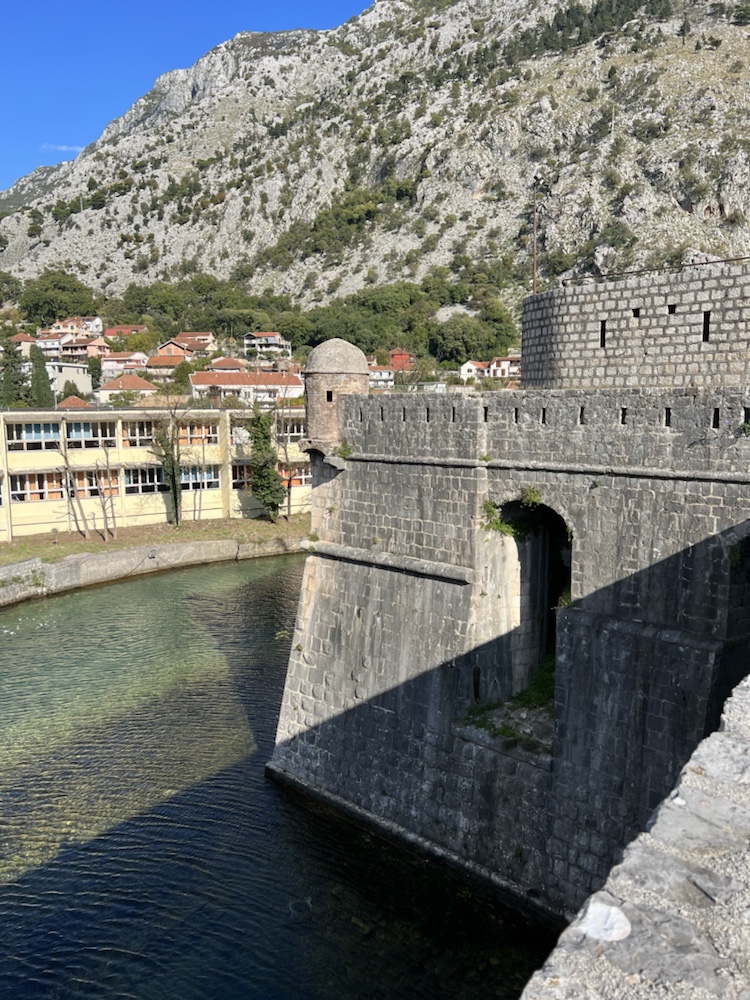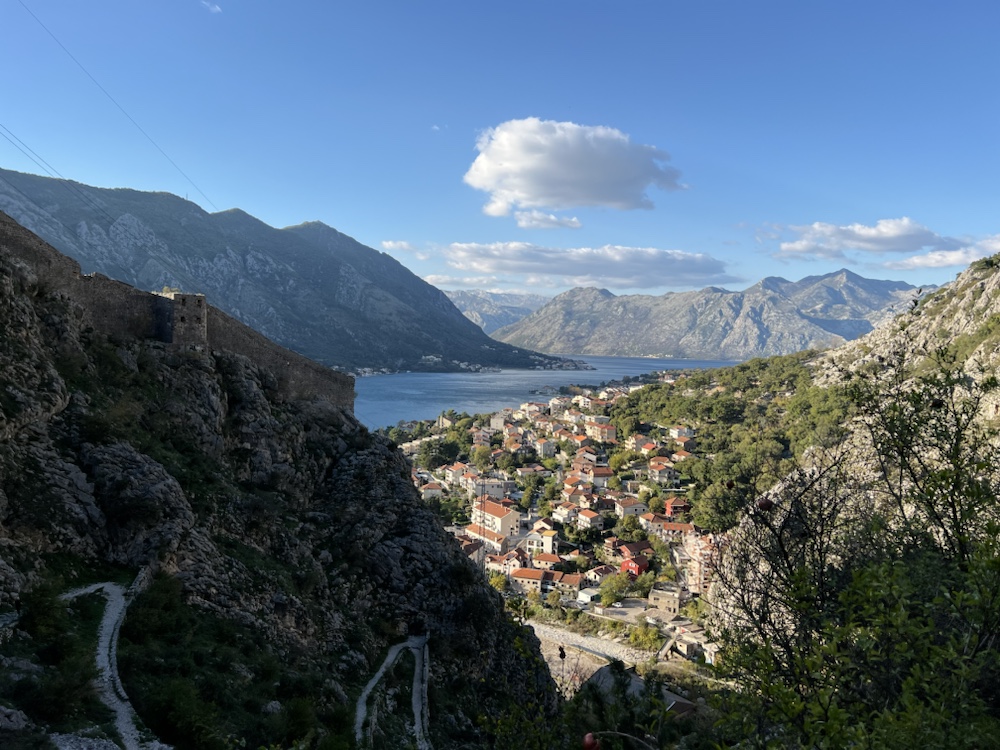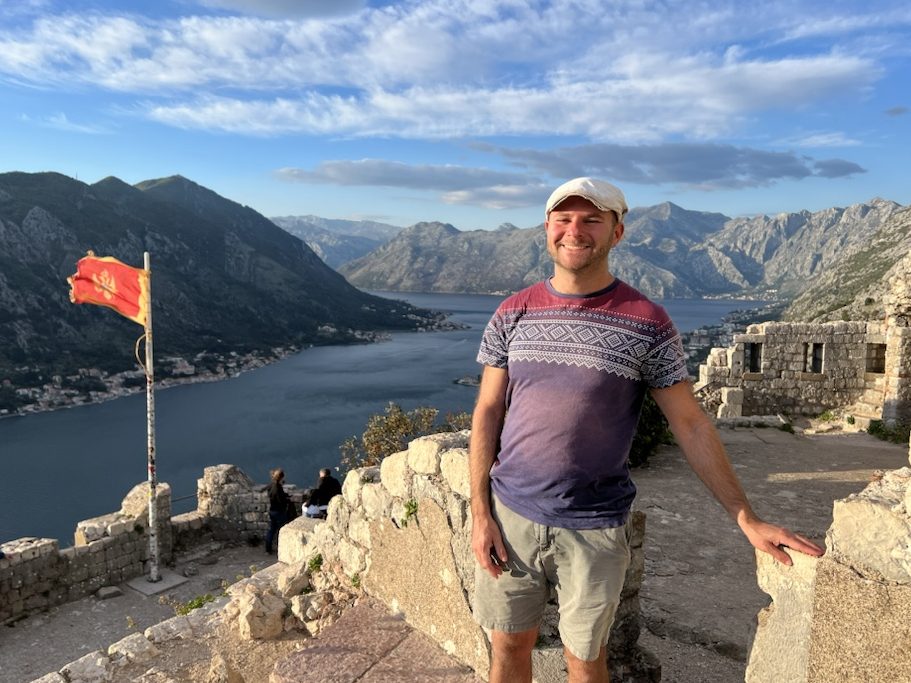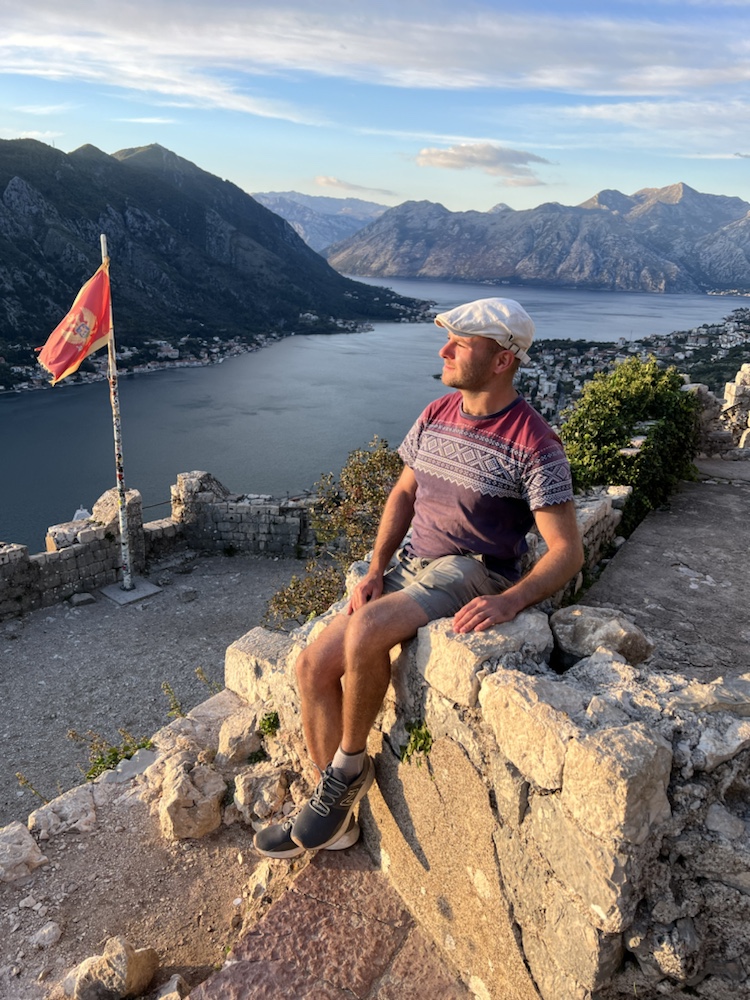Aphrodite’s trail
The cult of Aphrodite arose in Cyprus. As Greek civilization expanded to include the island, the goddess Aphrodite became incorporated into the Greek Pantheon. According to mythology, Aphrodite called Cyprus home, so everything is Aphrodite-themed.
The baths of Aphrodite are simply a pond in a tufa wall, trickling water like a waterfall down the hanging moss. The scattered light, shade of the grotto, and sprinkles of water really do create a mythical scene. It is easy to believe a goddess would choose this place to bathe.

I follow in her footsteps up the scenic Aphrodite trail along the coastline overlooking the sea. It turns out I go up the route of Adonis by mistake, steep up through the Juniper trees. It is great how the Akamas National Park is a protected habitat for these endangered endemic trees. There is a small botanical garden labeling common plants, and many have labels along the path as well.


I pass many hunters of rabbits who use dogs to sniff them out. I hear shotgun blasts occasionally as I hike up through the shrubby forest. It is steep, so I take a pause to walk along the road towards a different trail before continuing to the summit.


I rejoin the main trail after some off-road navigating and see the beauty of the Sigies (circular) path. The rocks are multi-colored, remnants of glacial movements, and they have beautiful streaks of all colors of the rainbow. Up along this side of the hill I can see out along the coastline—it is turquoise along the rim with several deep blue lagoons and sandy beaches. I will have to come back in summer and go swimming here!
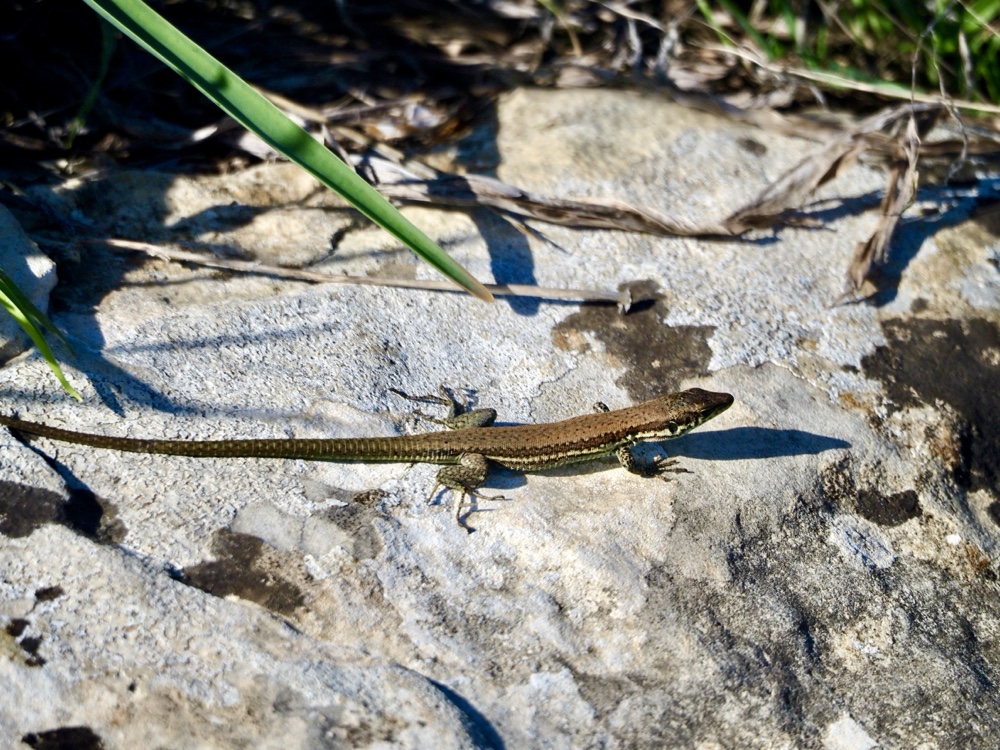


I continue along towards the other side where now I can look at both sides of the sea, but it begins to rain. It is light and does not bother me, and I am grateful for the cloud cover as I go back up towards the summit, returning to Aphrodite’s trail.
It is steep on this side, but less so than the other side, where it is pretty much a vertical drop. Out over the lookout lays the most beautiful coastline I have seen, with so many turquoise rocky bays.



There are not so many beaches, but from above the lagoons look unreal. I get to enjoy the coastline all the way down, as the clouds return to a light sprinkle. I pass a herd of goats on the hillside; some of them nudge a kid along. The baby goats are adorable, and I follow them along the cliffside as long as I can. I am careful to allow the big horned males to cross before I continue down the path.


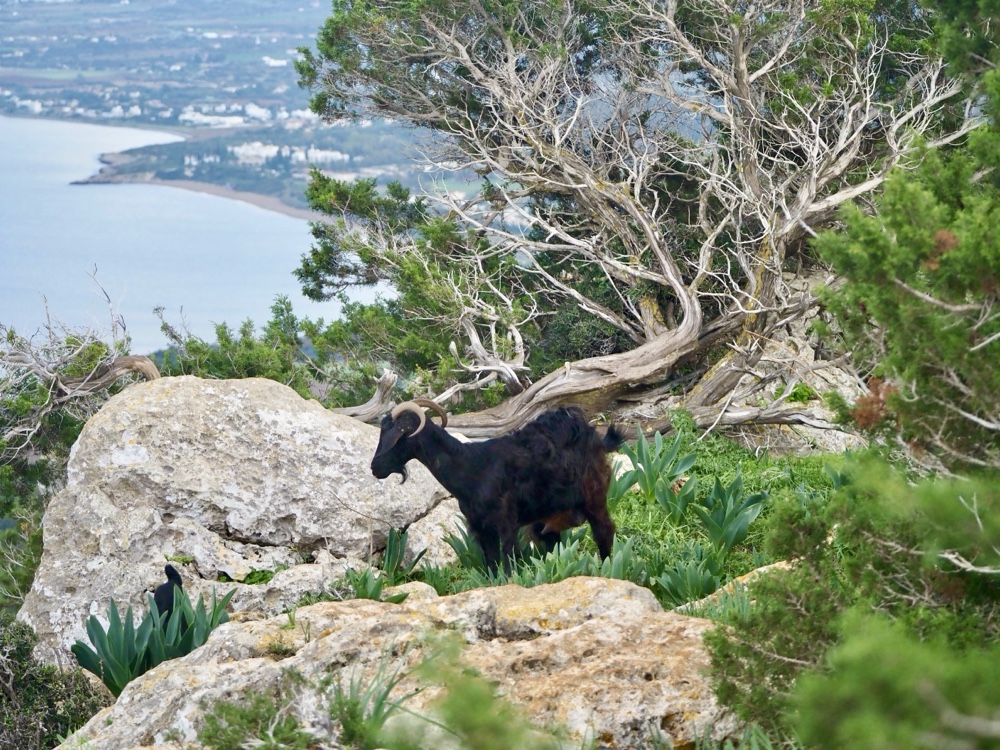
I get close to the bottom and walk along the lagoons. Here I bump into Anwar, a nice boy from Milan who gives me a lift back to the bus station in , as it is getting dark.









